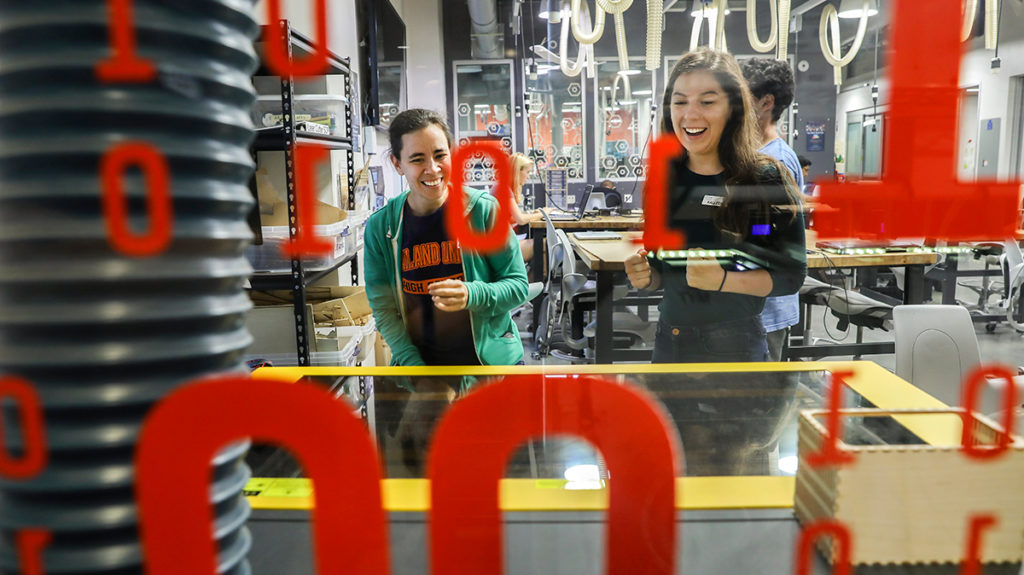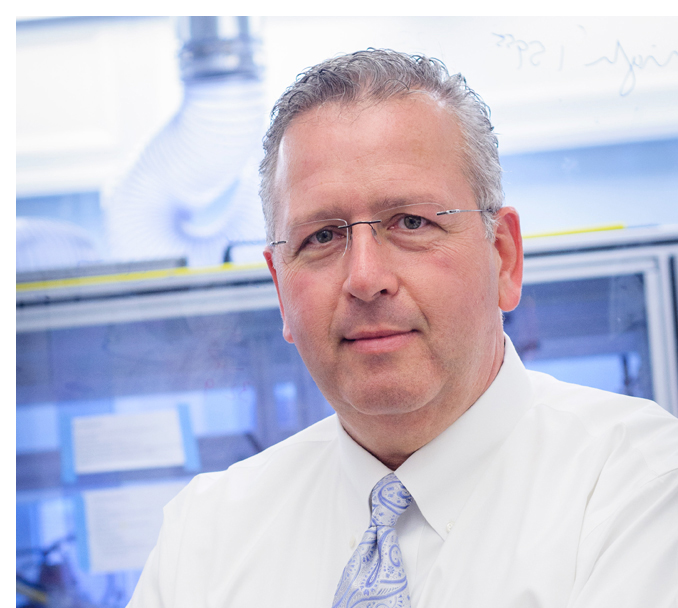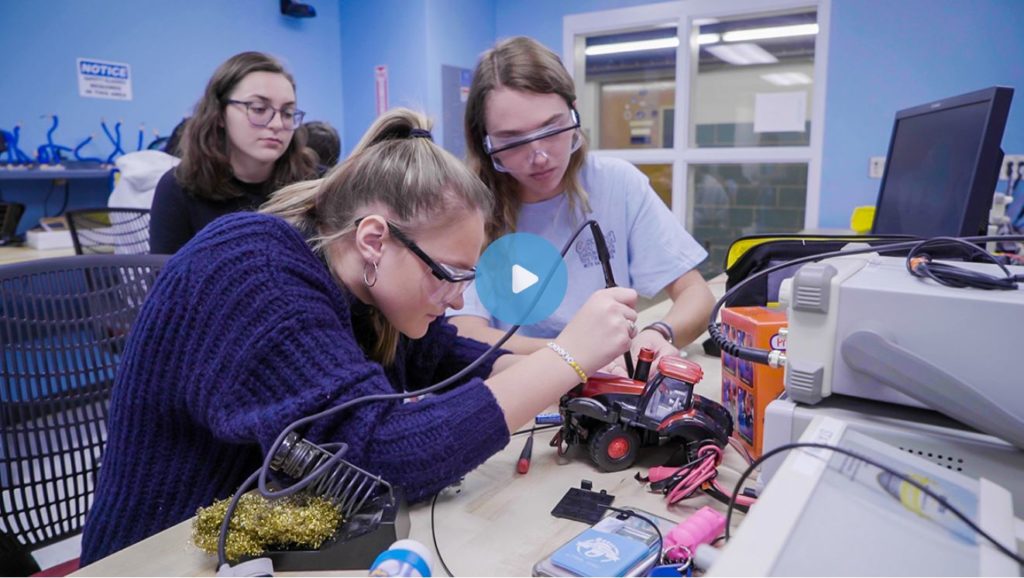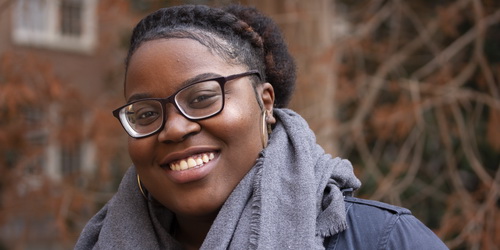Minnie Mouse. But that quickly changed to radiologist after learning about the human body in fourth grade. I became curious about how natural things were structured and worked. I guess you could say my interest in structure and function stuck with me through school.
Share the pivotal moment in your life that helped you choose research as a career path.
My eighth grade teacher, Ms. Duckworth, introduced me to environmental science and told me I could turn it into a career. Then, after listening to presentations by female researchers, I realized science could be an important part of many different jobs. A pivotal moment that solidified my research career path was when I was working as an intern with Scott Ensign on his PhD research project — the nitrogen removal potential of fresh water rivers in coastal North Carolina. I started by building and running landscape models and eventually helped collect real-time data in the field. Scott is a great example of a hard worker and curious scientist who always inspires me to keep asking questions.
This past summer, I spent five weeks in New Mexico working in the Jemez River Basin while collaborating with scientists at the University of New Mexico. Since I was a guest researcher, I volunteered to drive to the field for each research trip. But I did not realize that I would need to take my rental SUV off-road. I am happy to report that my first time off-roading resulted in no car damage or injuries. More importantly, our samples were safely delivered back to the lab for further analysis!
What advice would you give to up-and-coming female researchers in your field?
Try new things and subjects that interest you — no matter what other people say. The only way to know what you like is to learn what you don’t like. And don’t be afraid to get your hands dirty and ask questions! There are no silly questions.
Story courtesy of Endeavors magazine’s Women in Science Wednesday series.






